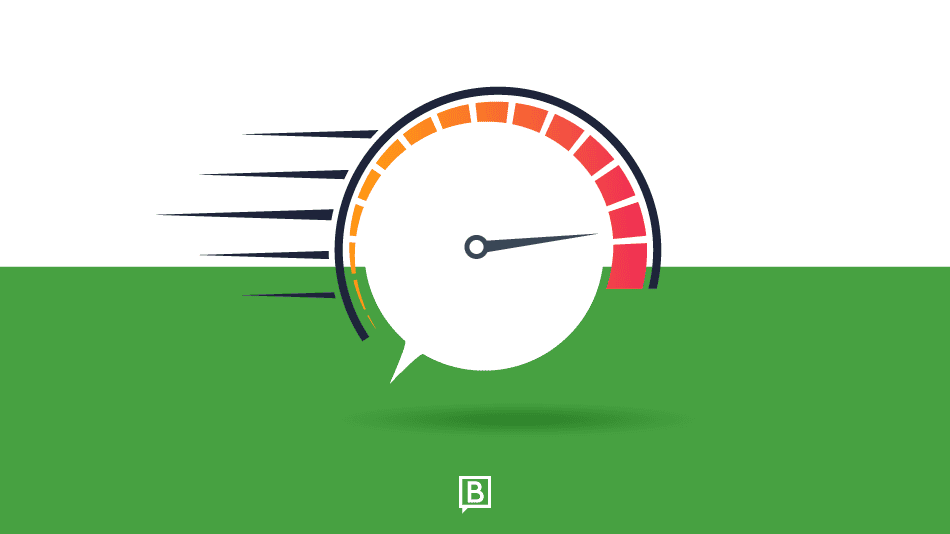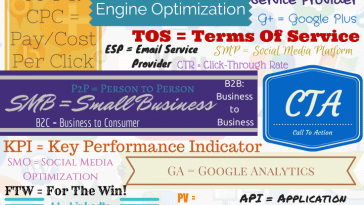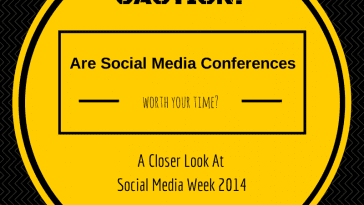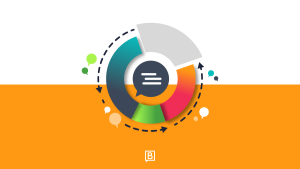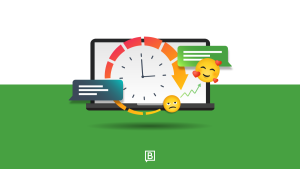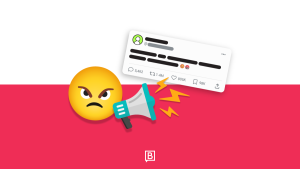Let’s start by calling out the obvious: Not all engagement is created equal!
You can rack up thousands of likes and comments on a post, but if it takes days (or weeks) to get there … that’s not momentum. That’s a slow drip. And with the way social media moves, slow = invisible.
Enter: Social Media Engagement Velocity. (A phrase we’re officially coining right here, right now.)
It’s time we stop obsessing over vanity metrics and start talking about the speed of social engagement. It shouldn’t always be about size!
Why “Engagement Velocity” Matters
Here’s the TL;DR up front: Engagement velocity isn’t about how much, it’s about how fast.
Speed changes the game for a lot of reasons.
-
Social algorithms reward speed. Early engagement tells the platform your post is hot.
-
Brand momentum builds in moments. The longer it takes people to react, the less likely you’ll ride the wave of visibility.
-
Customers are impulse-driven. If you don’t catch attention in real time, someone else will.
No, like, really impulse driven. Especially on social media channels.
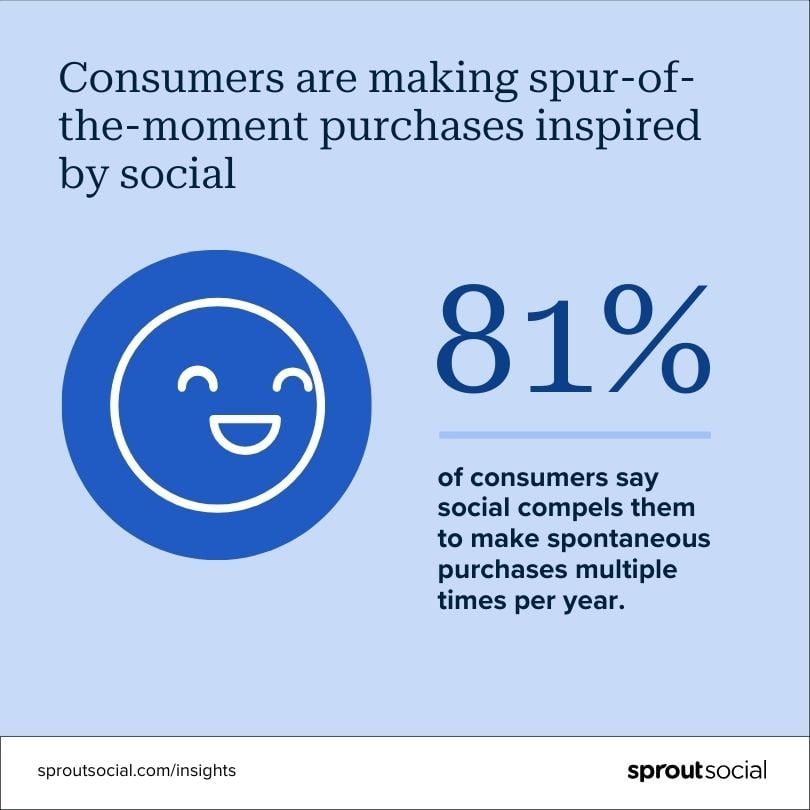
[Source]
In other words: your content doesn’t just need to perform. It needs to take off!
What Is Social Media Engagement Velocity?
Let’s define it officially:
Social Media Engagement Velocity
The rate at which your content receives interactions (likes, comments, shares, replies, etc.) over a defined time period — usually within the first few minutes or hours after posting.
Think of It Like a Drag Race.
I used to own a Mustang. Now I drive something even faster. So trust me when I say: I understand speed.
However, when it comes to social media, speed alone isn’t enough. Because if you’re still chasing likes and followers, this race isn’t for you. Engagement is the engine. Everything else? Just shiny paint.
You don’t win because you eventually cross the finish line. You win because you launched off the line with momentum … fast, early, and loud enough to make the algorithm pay attention.
🚗 A post that gets 100 comments in 10 minutes?
That’s a high-velocity launch. And it’s how you beat the algorithm and dominate the feed.
🐌 A post that gets 100 comments over 10 days?
Same number, totally different outcome. That’s just coasting.
Social media engagement works the same way a drag race does: Initial velocity = visibility. And visibility = more people to engage with. See the loop?
Speed is how you gain traction; engagement is what actually wins the race.
How To Measure It (Without a Stats Degree)
You know I hate math’ing! Therefore, I promise there are no complicated dashboards required.
You can calculate a rough engagement velocity with our formula below.
Social Media Engagement Velocity Formula
Engagement Velocity = Total Engagements / Hours Since Posting
For example, let’s use recent post of mine.

From the post:
-
Reactions: 71 (likes + celebrates + loves)
-
Comments: 37
-
Total Engagements = 71 + 37 = 108
-
Impressions = 1,223
-
Post Age (approx.): 1 week = 168 hours
Plugged In:
Engagement Velocity = 108 engagements / 168 hours = ~0.64 engagements/hour
So while the volume is solid, the velocity is on the slower side (under 1 engagement per hour). But here’s what’s interesting and totally human about this post (and something we should call out):
-
It’s highly social (37 comments is awesome)
-
It got a big chunk of its engagement in the first 24–48 hours
-
It’s also a personal brand post, not a paid promo or CTA-heavy content
Teaching Moment:
This is where benchmarking comes in. If most of your posts get a velocity of ~0.3 engagements/hour, this one outperformed. But if others clock 2–3+ engagements/hour in the first 24 hours, this one was slower to build.
Example:
My LinkedIn post received 108 engagements over 168 hours, putting its average engagement velocity at 0.64 engagements/hour.
That said, here’s the nuance: if most of those likes and comments came in the first 24 hours (let’s say 90 engagements in 24 hours = 3.75/hr), then the real velocity story is about that early momentum and not the lifetime average.
Homework:
Now do the same for your “average” post and compare.
You’ve got a benchmark. Boom.
Bonus Tip:
Track velocity across different platforms. Velocity behaves differently on LinkedIn vs. Instagram vs. TikTok. Know your track and terrain.
Why Brands Should Actually Care
Let me put it in plain terms for the brands reading this. (Hiiii!)
High engagement velocity:
-
Gets you seen (algorithm love!)
-
Fuels virality (hello, snowball effect)
-
Proves you’re hitting a nerve (in a good way)
Low engagement velocity:
-
Limits visibility (you’ll be buried)
-
Slows momentum (missed opportunities)
-
Can signal meh content (yikes)
If you’re serious about social performance, you need to understand not just if people are engaging but how quickly they’re doing so.
Because in social speed wins.
[Source]
The above image is from Jay Baer’s Time to Win report where he says,
“Two-thirds of customers say speed is as important as price.”
— Jay Baer
The image in particular points to how loyalty is earned through speed. These statistics underscore the significance of responsiveness in today’s fast-paced social media landscape, aligning perfectly with the concept of Social Media Engagement Velocity.
P. S. For a deeper dive into Jay Baer’s research and findings, you can access the full report here: 🔗 The Time to Win: Consumer Patience Study
How To Increase Your Engagement Velocity
Wanna go faster? Do this:
- Post when your audience is most active. Check your analytics and hit those peak windows.
- Lead with conversation. Questions, polls, “fill in the blanks” — give people a reason to respond fast. [Did you know we have a free course dedicated to creating content that sparks conversation?!]
- Get your inner circle to engage early. Internal teams, brand advocates, employee influencers — their early likes/comments can kickstart the snowball.
- Use reactive content. Jump on trending moments while they’re hot. No one wants your take on a meme from last week.
- Reply fast. Your responses fuel the convo and boost visibility. Don’t ghost your audience in the first hour.
Engagement velocity is about momentum. Spark it early. Stoke it often.
Let’s Make This a Thing
“Engagement” as a metric? Kinda tired. Engagement velocity? That’s the new hotness.
Sure, we want engagement. However, it’s not just about how many people interact with your content. It’s also about how fast those interactions happen.
That’s the spark. The wave. That’s Social Media Engagement Velocity.
And now that you know what it is (and how to measure it), you’ve got one more powerful lever in your social media strategy toolkit.
Go make it a thing.
Latest posts by Brooke B. Sellas (See All)
- Social Media Engagement ROI Explained: From Comments To Conversions - October 1, 2025
- Social Care: Success Beyond Response Time - September 24, 2025
- The Future of Social CX - September 17, 2025
